Late Constable at the Royal Academy: unmasking ‘a fiercely experimental modern artist’
Show brings together host of thrilling canvases produced by the painter in last 12 years of his life

John Constable has had to wait almost 200 years to get a solo show at the Royal Academy, said Rachel Campbell-Johnston in The Times. Given his reputation now, that might seem odd to us; but I doubt it would have surprised him: he was rather used to being overlooked.
Few of the “world-famous images we recognise from a million reproductions ever sold from the walls of the Royal Academy”: one of his early works was rejected by the Summer Exhibition in 1802, and The Hay Wain failed to sell there in 1821. It wasn’t until 1829, when he was 52, that the institution deigned to elect him as a member. By which time it was too late: his “beloved wife” Maria had passed away, leaving him and his seven children bereft; he himself died “suddenly and unexpectedly” in 1837.
Small wonder, then, that “a mood of sadness” hangs over this exhibition, which focuses on the final part of Constable’s career, when he broke free of contemporary conventions to forge “a radical new artistic language”. The show brings together a host of the thrilling canvases he produced in the last 12 years of his life, in which “skies are stirred by dark storms”, light and shadow are depicted as “exhilarated dramas” and even the “beloved landscapes of Constable’s native Suffolk are pervaded by an apocalyptic urgency”.
The Week
Escape your echo chamber. Get the facts behind the news, plus analysis from multiple perspectives.

Sign up for The Week's Free Newsletters
From our morning news briefing to a weekly Good News Newsletter, get the best of The Week delivered directly to your inbox.
From our morning news briefing to a weekly Good News Newsletter, get the best of The Week delivered directly to your inbox.
The exhibition completely overturns Constable’s reputation as a traditionalist, said Alastair Sooke in The Daily Telegraph. Instead, he is unmasked as “a fiercely experimental modern artist”. From around 1825, when the show picks up the story, Constable started using paint to “evoke changeable British climatic conditions and the experience of being outside” – a radical move at the time.
In an 1828 view of Dedham Vale, “speckles of ochre paint sprout like lichen” across the foreground, summoning a sense of the “squelchy English countryside”. His depiction of the ruins of Hadleigh Castle endows the adjacent Thames Estuary with an “odoriferous saline tang”, while the hovering birds above are rendered in paint so thick they take on the appearance of “gulls beset by an oil slick”.
Constable’s innovations are balanced by his “nostalgia” for a “world that factories were already starting to destroy”, said Jonathan Jones in The Guardian. Bucolic scenes such as those in his “glorious” The Cornfield are not imagined: they are the “last lovely glimpses” of a pre-industrial society.
More affecting still is Cenotaph to the Memory of Sir Joshua Reynolds, a “powerful” work in which a stag approaches a monument to the artist in a wooded glade; the cenotaph, we learn, was built by Sir George Beaumont, an important patron of Constable’s who had died a few years before the painting’s completion. This mysterious work is a haunting evocation of “death and sorrow” that will see visitors “walk out of the exhibition on a carpet of autumnal grief”. This show is a “wuthering” tribute to the genius of a “confoundingly poetic” painter. Don’t miss it.
A free daily email with the biggest news stories of the day – and the best features from TheWeek.com
Royal Academy, London W1 (020-7300 8090, royalacademy.org.uk). Until 13 February
-
 ‘City leaders must recognize its residents as part of its lifeblood’
‘City leaders must recognize its residents as part of its lifeblood’Instant Opinion Opinion, comment and editorials of the day
-
 10 upcoming albums to stream during the winter chill
10 upcoming albums to stream during the winter chillThe Week Recommends As the calendar turns to 2026, check out some new music from your favorite artists
-
 Kristi Noem might not be long for Trumpland
Kristi Noem might not be long for TrumplandIN THE SPOTLIGHT The Homeland Security secretary has been one of the most visible and vocal architects of Trump’s anti-immigration efforts, even as her own star risks fading
-
 It Was Just an Accident: a ‘striking’ attack on the Iranian regime
It Was Just an Accident: a ‘striking’ attack on the Iranian regimeThe Week Recommends Jafar Panahi’s furious Palme d’Or-winning revenge thriller was made in secret
-
 Singin’ in the Rain: fun Christmas show is ‘pure bottled sunshine’
Singin’ in the Rain: fun Christmas show is ‘pure bottled sunshine’The Week Recommends Raz Shaw’s take on the classic musical is ‘gloriously cheering’
-
 Holbein: ‘a superb and groundbreaking biography’
Holbein: ‘a superb and groundbreaking biography’The Week Recommends Elizabeth Goldring’s ‘definitive account’ brings the German artist ‘vividly to life’
-
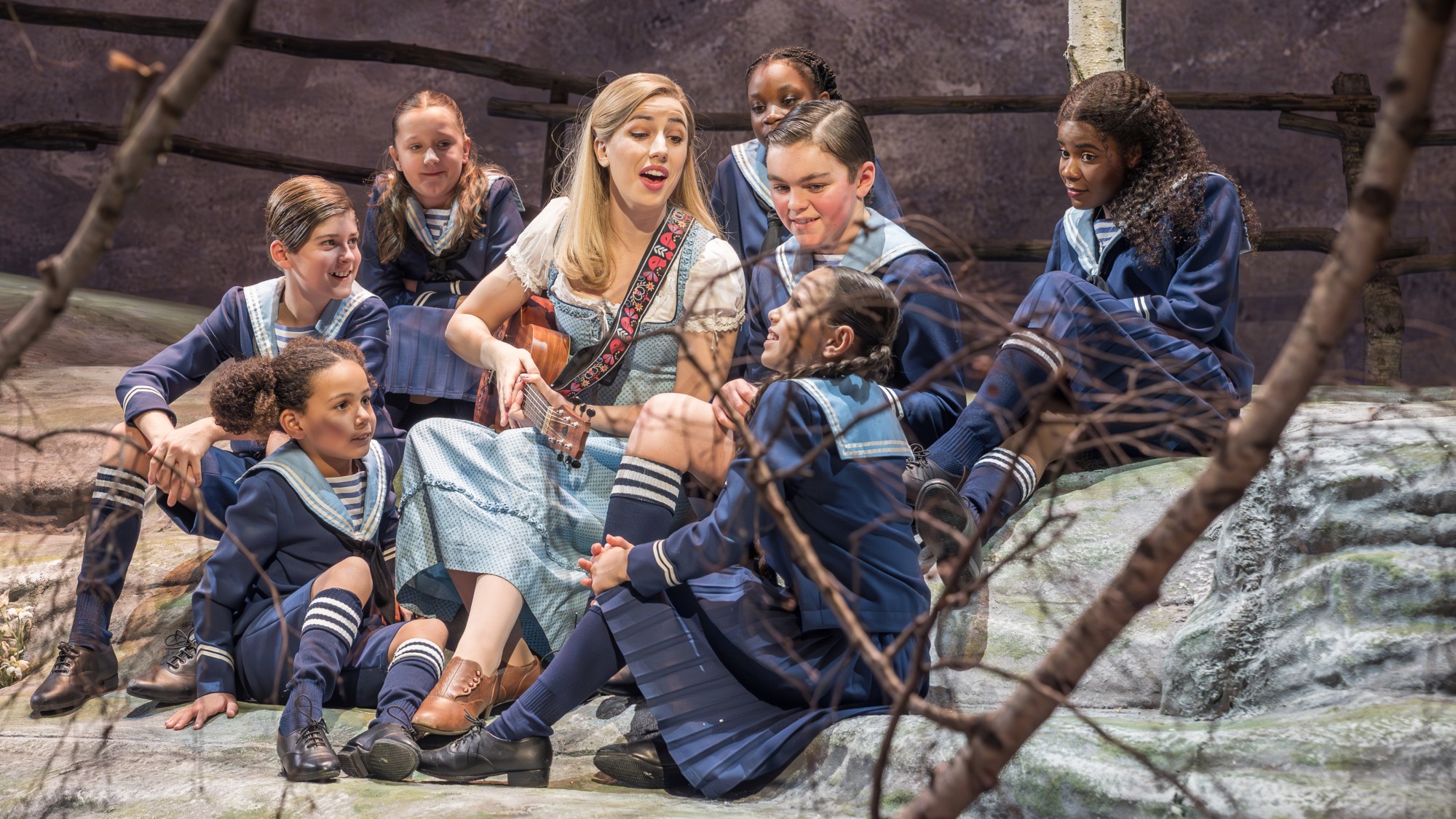 The Sound of Music: a ‘richly entertaining’ festive treat
The Sound of Music: a ‘richly entertaining’ festive treatThe Week Recommends Nikolai Foster’s captivating and beautifully designed revival ‘ripples with feeling’
-
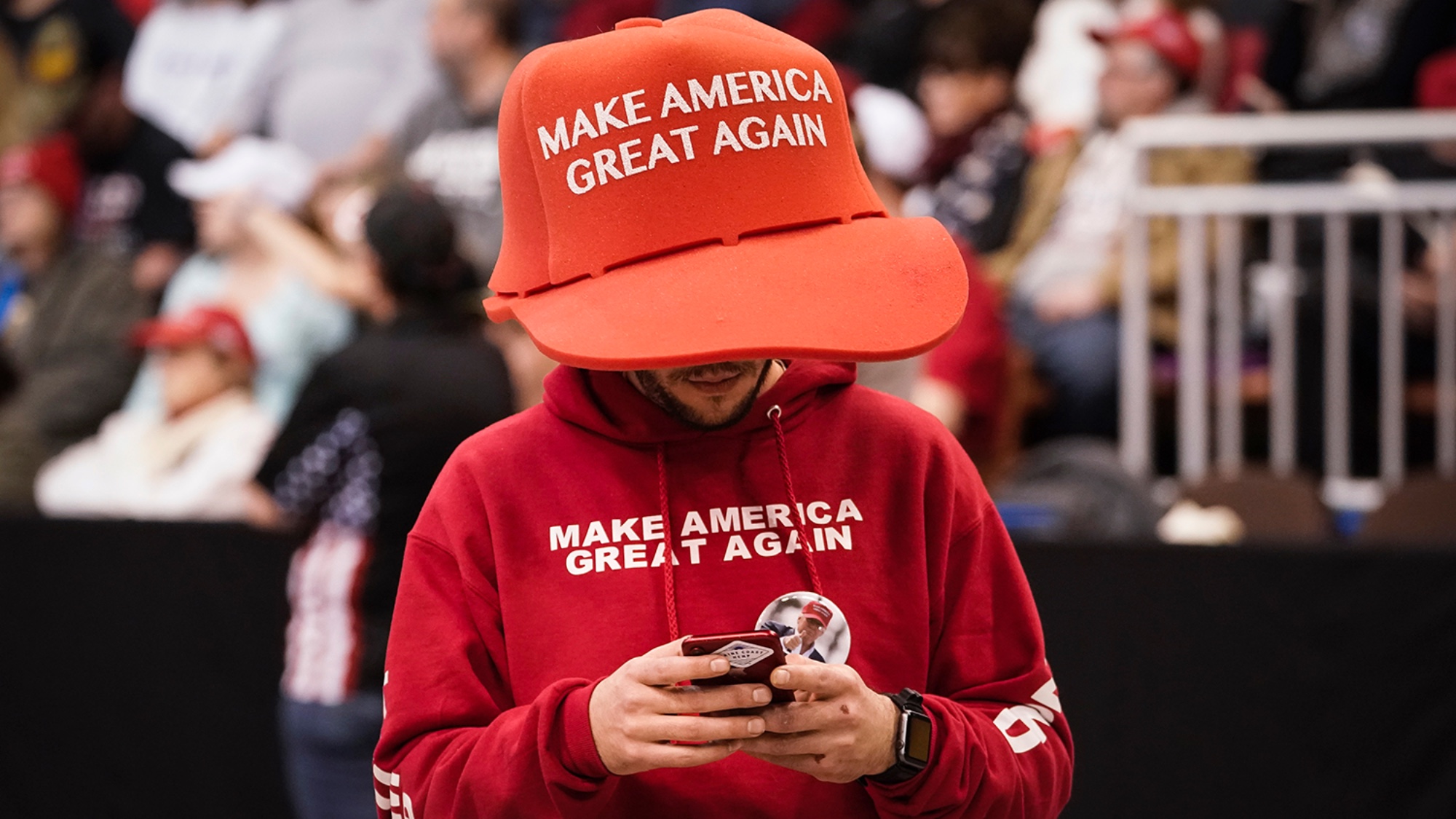 ‘Furious Minds: The Making of the MAGA New Right’ by Laura K. Field and ‘The Dream Factory: London’s First Playhouse and the Making of William Shakespeare’ by Daniel Swift
‘Furious Minds: The Making of the MAGA New Right’ by Laura K. Field and ‘The Dream Factory: London’s First Playhouse and the Making of William Shakespeare’ by Daniel SwiftFeature An insider’s POV on the GOP and the untold story of Shakespeare’s first theater
-
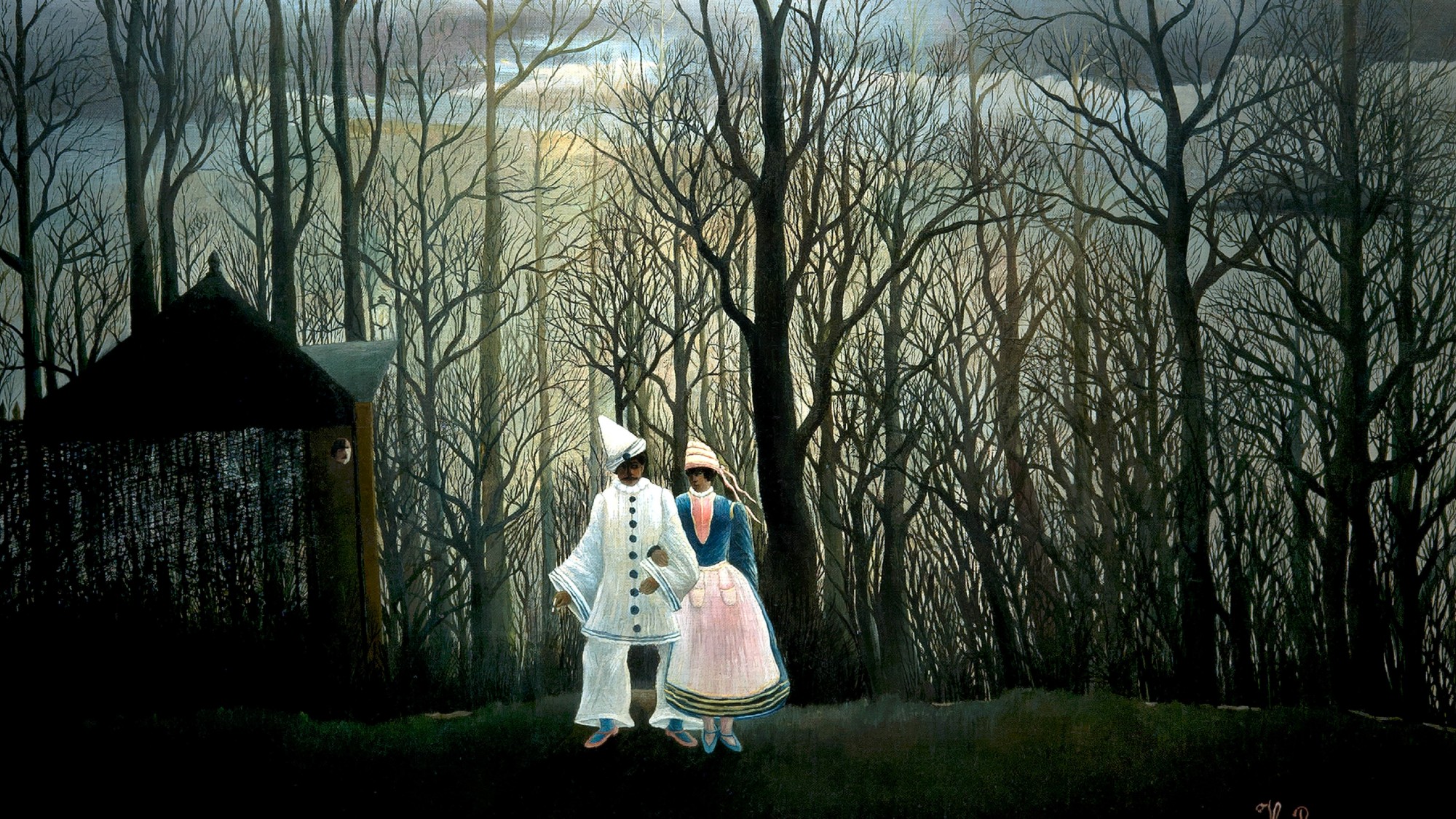 Henri Rousseau: A Painter’s Secrets
Henri Rousseau: A Painter’s Secretsfeature Barnes Foundation, Philadelphia, through Feb. 22
-
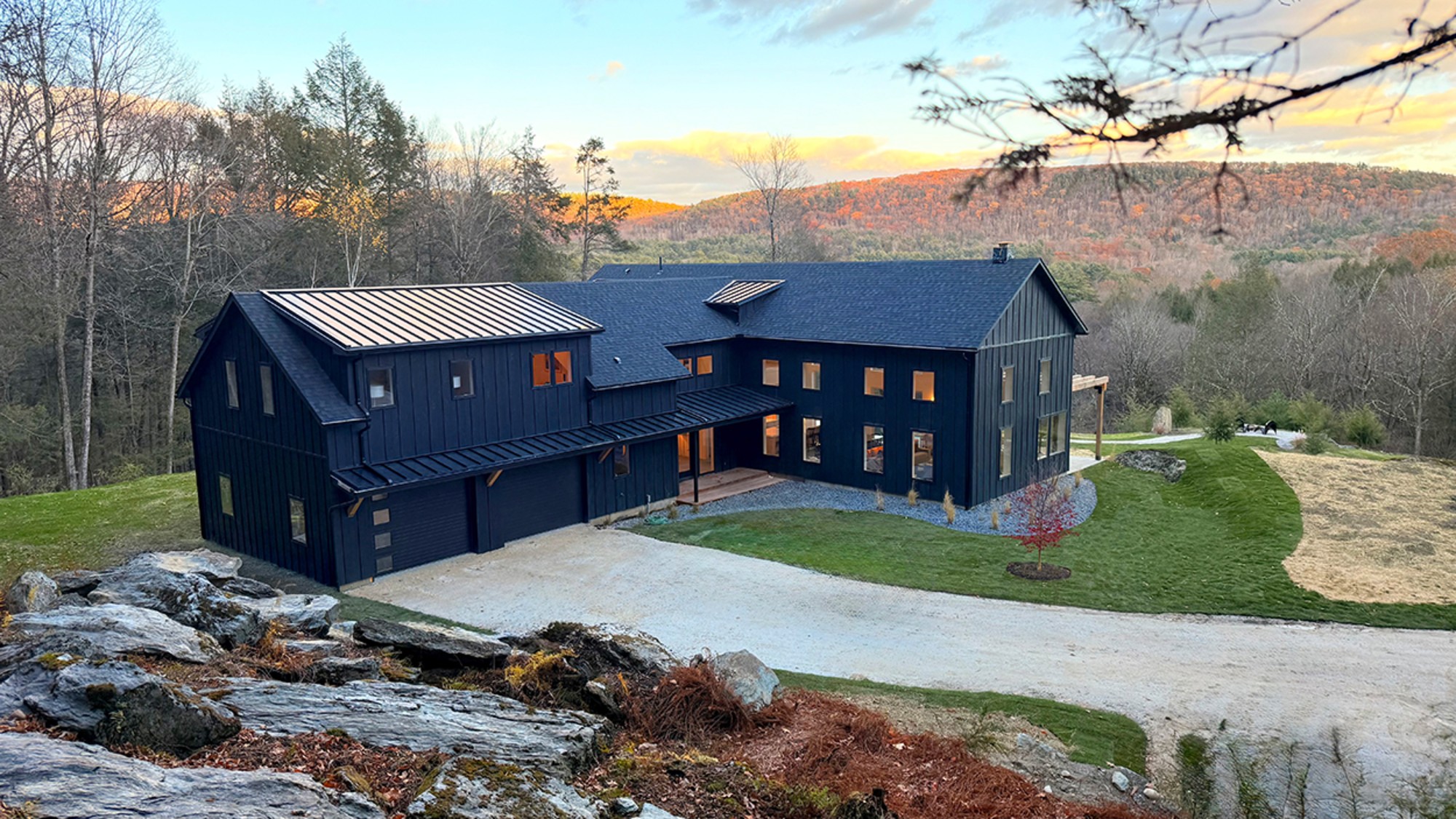 Homes with great fireplaces
Homes with great fireplacesFeature Featuring a suspended fireplace in Washington and two-sided Parisian fireplace in Florida
-
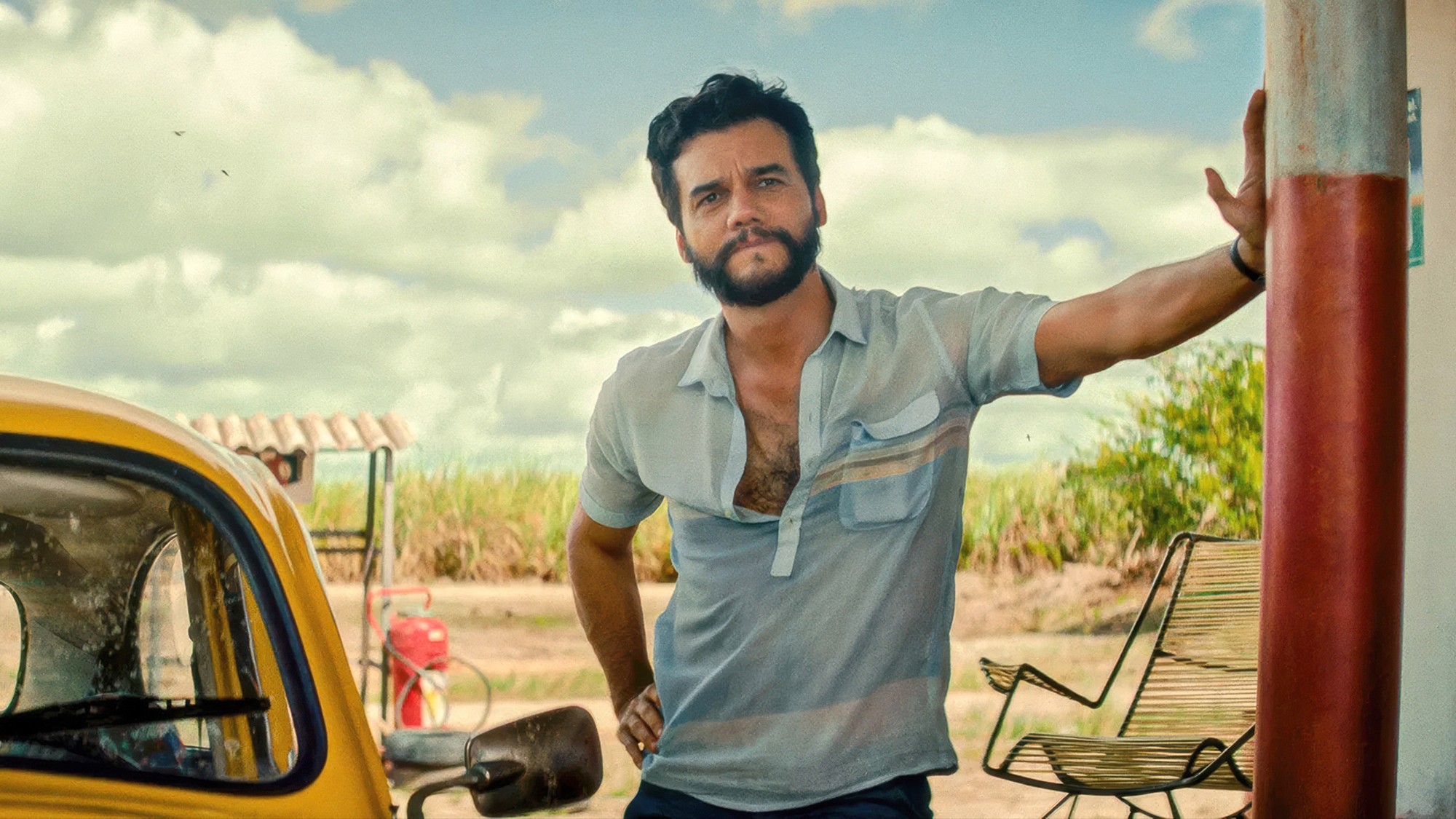 Film reviews: ‘The Secret Agent’ and ‘Zootopia 2’
Film reviews: ‘The Secret Agent’ and ‘Zootopia 2’Feature A Brazilian man living in a brutal era seeks answers and survival and Judy and Nick fight again for animal justice